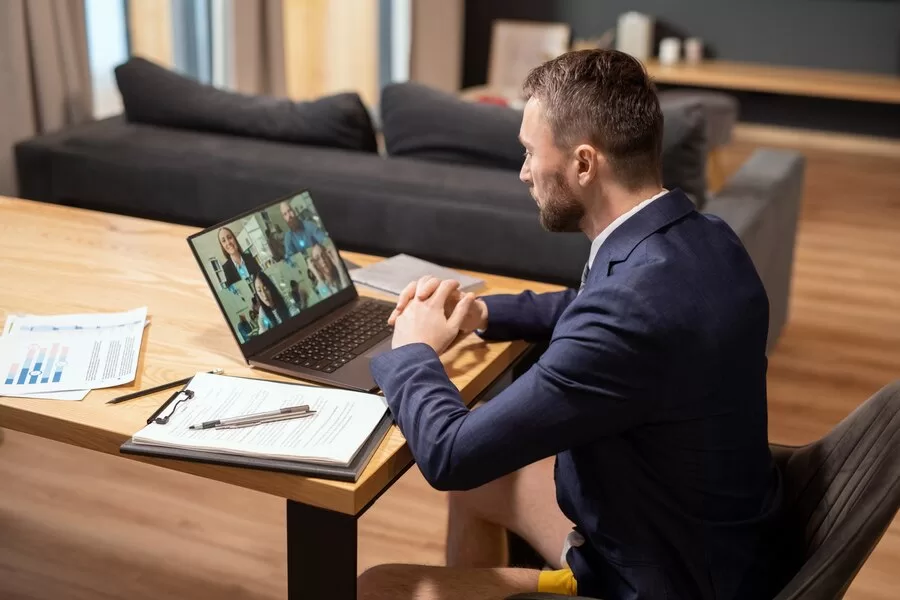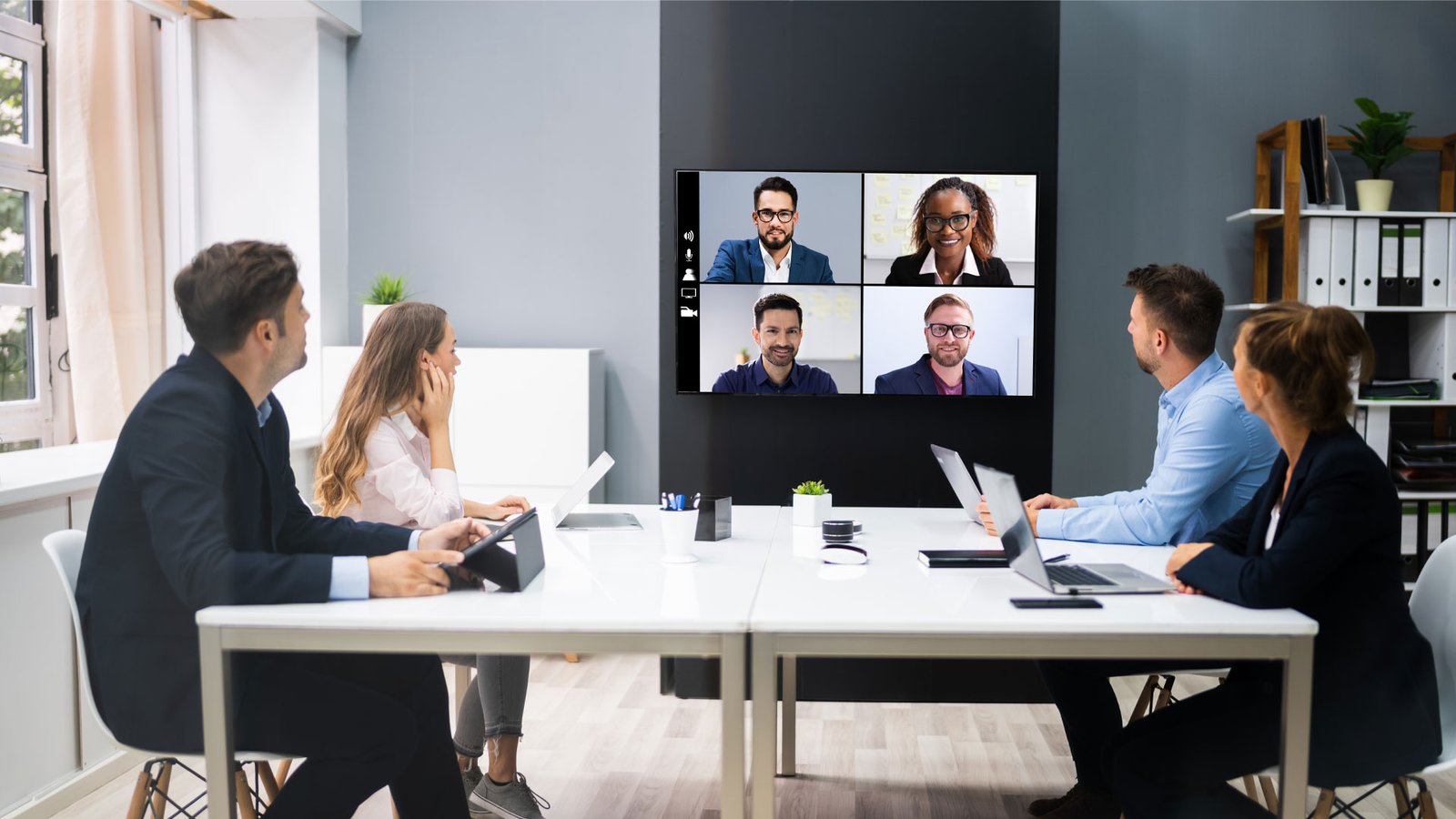How Video Conferencing Enhances Client Relationships and Communication
- By -Mash
- Posted on
- Posted in Video Conferencing
In today’s digital age, video conferencing has become a pivotal tool for enhancing client relationships and communication. By bridging geographical gaps and providing a platform for real-time interaction, video conferencing fosters stronger connections and more effective communication. This article explores how video conferencing can significantly improve client relationships and communication, contributing to better service and stronger partnerships.

Strengthening Personal Connections
Enhanced Engagement: Video conferencing allows for face-to-face interactions, even when clients are miles away. This personal touch helps build rapport and trust, as clients can see and hear you directly, making the interaction feel more genuine and engaging.
Visual Cues: Unlike emails or phone calls, video conferencing provides visual cues such as facial expressions and body language. These cues can enhance understanding and empathy, making conversations more meaningful and personalized.
Building Relationships: Regular video meetings help maintain and strengthen client relationships. Through consistent face-to-face interactions, you can foster a sense of connection and partnership, which is crucial for long-term business relationships.
Improving Communication Clarity
Real-Time Interaction: Video conferencing enables real-time communication, allowing for immediate feedback and clarification. This immediacy reduces the chances of misunderstandings and ensures that both parties are on the same page.
Visual Aids: The ability to share screens and use visual aids, such as presentations or documents, enhances the clarity of communication. Visual tools help in explaining complex ideas more effectively and ensure that clients can follow along with ease.
Quick Problem-Solving: Video calls facilitate quick resolution of issues by allowing for direct discussion and problem-solving. Clients can voice their concerns, and you can address them promptly, leading to more efficient and effective solutions.
Enhancing Collaboration and Transparency
Shared Resources: Video conferencing platforms often include features like screen sharing and collaborative document editing. These tools enable clients to view and contribute to documents in real time, fostering a more collaborative approach to projects and decision-making.
Transparency: Regular video meetings ensure transparency by keeping clients informed about project progress and updates. By involving clients in discussions and showing them the work in progress, you build trust and demonstrate accountability.
Interactive Discussions: The interactive nature of video conferencing allows for dynamic discussions and brainstorming sessions. Clients can actively participate in conversations, provide feedback, and collaborate on ideas, leading to more innovative and effective outcomes.
Providing Personalized Service
Tailored Interactions: Video conferencing allows you to tailor interactions to the specific needs and preferences of each client. You can customize your approach based on the client’s industry, goals, and communication style, resulting in more personalized and relevant service.
Virtual Consultations: For clients who are unable to visit in person, video conferencing provides an effective alternative for consultations and meetings. This flexibility ensures that clients receive the attention and support they need, regardless of their location.
Client Support: Offering video support sessions can enhance the client experience by providing a more personal and detailed level of assistance. Whether it’s troubleshooting, training, or strategic discussions, video conferencing allows for a more interactive and supportive approach.
Building Trust and Credibility
Professionalism: Consistently using video conferencing for client interactions demonstrates a commitment to professionalism and modern communication practices. It shows that you value the client’s time and are invested in providing high-quality service.
Enhanced Rapport: The ability to see and interact with clients in real time helps build a stronger rapport and credibility. Personal connections made through video calls can lead to increased client satisfaction and loyalty.
Feedback and Follow-Up: Video conferencing enables immediate feedback and follow-up, allowing you to address client concerns promptly and effectively. This responsiveness contributes to a positive client experience and strengthens the overall relationship.
Conclusion
Video conferencing is a powerful tool for enhancing client relationships and communication. By providing a platform for personal interactions, improving communication clarity, fostering collaboration, and delivering personalized service, video conferencing helps build stronger, more effective client partnerships. Embracing video conferencing as a key component of your client engagement strategy can lead to more successful and satisfying relationships, ultimately contributing to the growth and success of your business.



